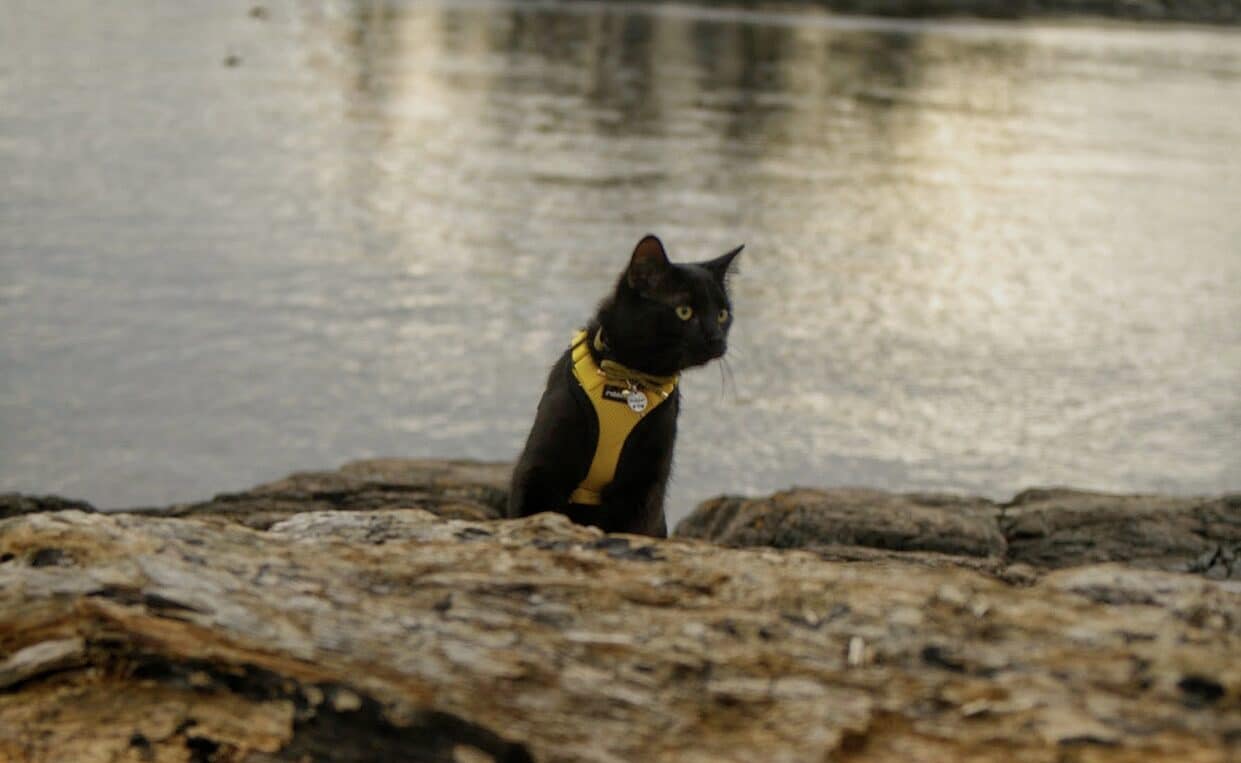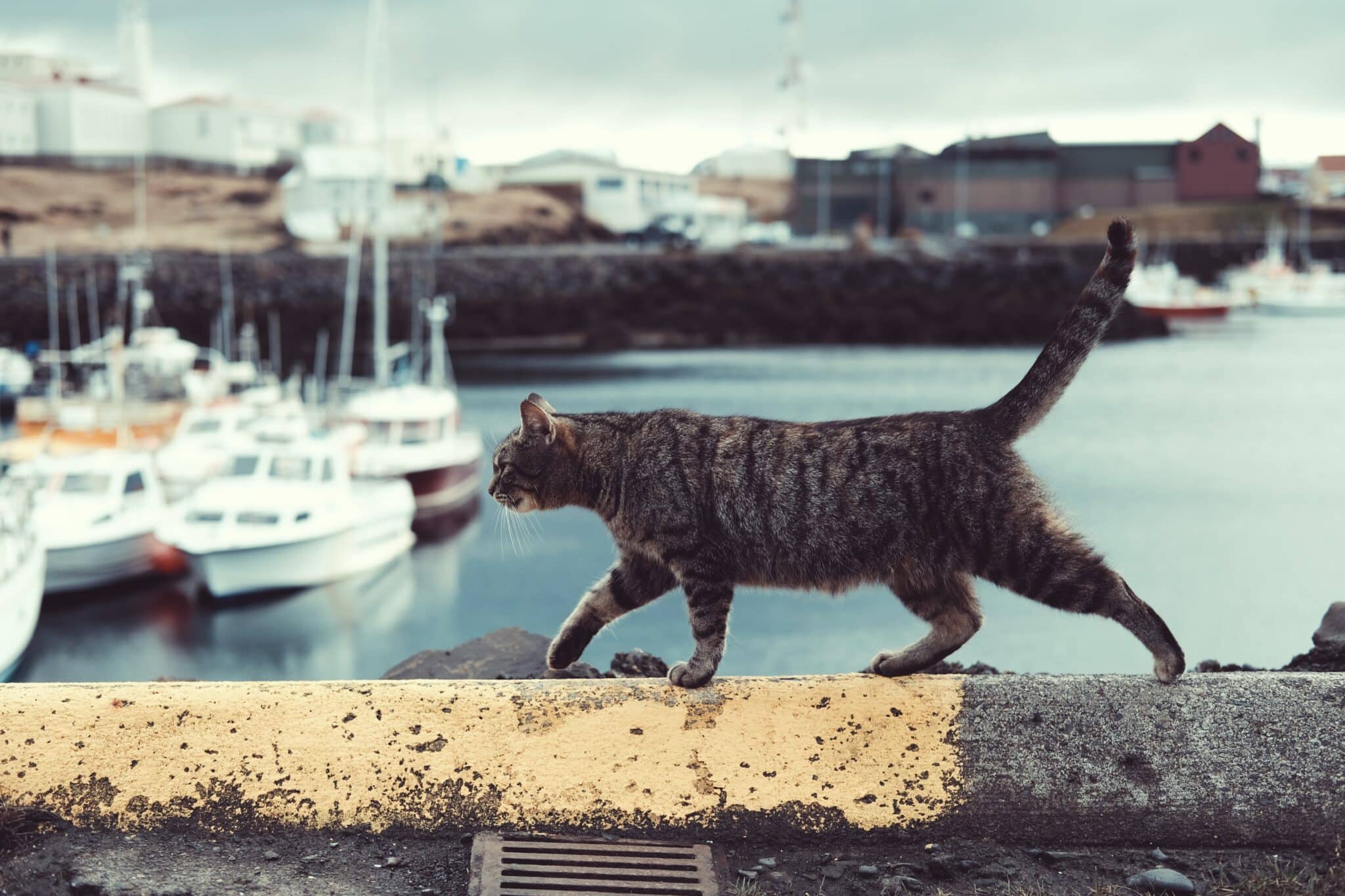- Chumka's Corner
- Posts
- How someone saved their cat by getting it drunk
How someone saved their cat by getting it drunk
Welcome to issue #10 of Chumka’s Weekly!
Hello there furriend and happy Caturday! So this is a bit different newsletter but BOY HOWDY it’s a good one. Let me know what you think of it and if you want to see more content like this 🙂💛
How someone saved their cat by getting it drunk
Now buckle up because it’s a pretty darn good story lol
When I read the article I knew right away that I had to share it. The only thing is - you have to be a member of this website and pay for the subscription. So here is the “long story short”…
The article is about a man named Joe Wirth who is a scientist. One day his cat Bjorn came back smelling like antifreeze. He thinks that it must have leaked out of somebody’s car and Bjorn rolled around in it. Because cats lick themselves to get clean, Joe was pretty sure Bjorn had ingested some.
The main ingredient in antifreeze is a compound called ethylene glycol (also found in various other products). This stuff is really bad to drink, both for humans and animals.
Joe took his cat to the vet who confirmed with a blood test that there was dangerously high levels of ethylene glycol in the system. At those levels kidney failure was a major concern. The vet suggested to take Bjorn to a specialty clinic who had the special drug to treat the condition. But as we all know - vet bills (especially emergency visits) are VERY costly.
So as a scientist, Joe did some digging around and found out that there is an alternative way of treating ethylene glycol poisoning - give the animal ethanol — the kind of alcohol found in wine and spirits.
Eventually the veterinarian concluded they could do it, and after a quick trip to the liquor store (they had no ethanol) he put Bjorn on an IV. This delivered a solution of 20% ethanol every 6 hours over a 24-hour period. (It was important to have the vet do it to make sure the dosing was right — too much ethanol can also be fatal).
Here is the science behind it
(you can skip to the next subheading if you’re not interested in science)
In general, substances we ingest get metabolized. This means the body carries out various chemical reactions on them, converting them into other substances. It does this because it’s trying to obtain useful chemical compounds and extract energy.
Well, it turns out ethanol and ethylene glycol are both handled by the same metabolic machinery. Here is a simple breakdown of the process:

Breaking down ethanol is a normal process for a cat or a human. Ethanol is bad for you (especially in large amounts), so it’s a good thing to convert it to other substances.
It turns out however that the enzymes which act on ethanol also act on ethylene glycol. This is because the chemical structures are similar enough between the two compounds. When a cat ingests antifreeze, alcohol dehydrogenase (ADH) converts ethylene glycol into glycoaldehyde. And the next enzyme in the pathway, aldehyde dehydrogenase (ALDH), converts glycoaldehyde into glycolate.
And that’s where the problem arises. Glycolate is toxic (as are some things that it later gets converted into). Having that stuff hanging around eventually leads to kidney damage.
Here is why it worked…
So why does treating a cat with ethanol help avoid ethylene glycol poisoning? It has to do with the enzymes. Basically, you’re trying to keep those enzymes busy with ethanol, so that they don’t have time to act on the ethylene glycol. If that happens, then the body will remove the ethylene glycol without breaking it down, and the cat will be MOSTLY ok.
Before Bjorn could go home, he got washed twice with dish soap. (There was still ethylene glycol on his coat.) And when he did get home, he was still drunk. Joe said, it was “sort of like watching a trailer out of control behind a truck, his back legs just weren’t in sync with his front.”
The treatment had prevented a lot of ethylene glycol from being converted into toxic breakdown products, but almost certainly some of those products did get produced. Joe was wondering whether enough had been produced to damage Bjorn’s kidneys.
So Joe watched Bjorn carefully. The next day he “wasn’t really that hungry. He drank a lot of water and just lay around all day.”
These are some of the symptoms of kidney failure in a cat, but they’re also the symptoms of a hangover. Joe waited one more day, and the next morning Bjorn was back to normal.
Turns out that Bjorn had a monster hangover, but got over it!
If you think your pet has ingested ethylene glycol, trying to give it ethanol yourself is a terrible idea. You could give it ethanol poisoning or even kill it that way. So make sure to bring your pet to the vet 🙂
New posts on the blog:
The list of saving deals has been updated for July! Click below to check ‘em out!
If you’ve been thinking about getting a pet tracking device - you will like this one. I created a guide to help you choose one!
Did you know…
Adult cats spend an average of 30-50% of the day grooming themselves. Why?
Your cat’s grooming process stimulates blood flow to his skin, regulates his body temperature and helps him relax.
New from Chumka’s Instagram
Chumka doing the “ekekekek” and showing his sharp teefers…
Some cool finds from the internet…
If you want to brighten your day…
Go to Google and search “Cat”
Touch the paw icon
Tap/ Click anywhere on the screen 🤭
It works on both desktop and mobile! 😸

Memes to brighten your day



That’s it for this week, see you all next week for another Chumka Weekly!
~Paulina & Chumka 🐈⬛

Chumka says hi:)




